Despite springlike temperatures, it’s too soon to plant

There is no doubt thousands of gardeners want to get moving. It’s an outdoor activity with virtually no social distancing problems, and bears fruit and veggies which will be welcome later in the season. Perhaps this year more than most, the idea of growing some of your own produce seems especially inviting in light of possible grocery shopping limitations.
Alas, it’s simply too early to plant. There was frost on many lawns this Monday morning, which is not at all uncommon in early April. Here is the average last frost date range, with data supplied by Cornell Cooperative Extension.
The little wedge of April 10-20 near Lake Erie may, this spring, be a wee bit too early except right at the lakeshore. There’s a hint here I’m going to be detailing a somewhat disappointing pattern which will be setting up later this week. Disappointment is the right term, too. Last Wednesday, it appeared we’d have some 60s on Tuesday and Wednesday of this week. That has to be toned down to the 50s, which will still be a bit above average.
As we move toward the end of this week and into midmonth signs of cooling which showed up in last week’s models are still there now. Dr Judah Cohen just posted the upper air ensemble mean of the American GFS model. The cool shade of blue and the alignment of the flow suggests below-average temperatures during the midmonth period.
During this time period, if we get some clear, calm nights combined with a cool air mass, frost becomes likely, and even some rural interior freezes. Just as an example, we can look at the European/ECMWF operational model for a morning low on April 13.
Going out to April 19 in the American GFS, the frost threat is still modeled to be there.
By the way, in my Wednesday article last week, I showed model output suggesting there could be some very modest snow accumulation, at least on hills, by this Friday into Friday night. That’s still showing in the ECMWF as well as in the GFS and Canadian models.
Before anyone screams “Nooooooooo!” I have to hasten to add that this graphic displays modeled total snowfall over a two-day period, rather than snow depth on the ground. It does not account for the inevitable melting which comes from the higher sun angle this time of the year and daytime high temps in the 40s. My best estimate is most or all shovels can stay put, with most of this minor snow sticking on the hills.
In the upper air ensemble mean from the ECMWF, it currently appears we can expect a brush with the nearby polar vortex around midmonth, which accounts for the cold morning low temperatures.
The polar vortex will inevitably weaken and travel back toward the polar region later in the month. Even so, the threat of frost will not be gone for some weeks, or longer. As usual, the most frost-free locations will be those adjacent to or close to Lakes Erie and Ontario, and the frostiest-of-all locations will probably be in sheltered valleys.
The Climate Prediction Center now also forecasts high probabilities for below average temperatures most days well out into the month as well.
Even their experimental three- to four-week outlook (with greater uncertainties) shows probabilities for below average temperatures would extend much of the time through the end of the month. That means the April outlook CPC issued issued on March 31 for modest probabilities of above average temperatures for much of April can probably get the heave-ho, too. At least the GFS ensemble shows more of a Pacific flow dominating the U.S. by around April 22, although that is at its most extreme range with more uncertainty.
Courtesy of Cornell Cooperative Extension, here are some activities you and the kids can explore while we’re waiting for the polar vortex to give it up.

